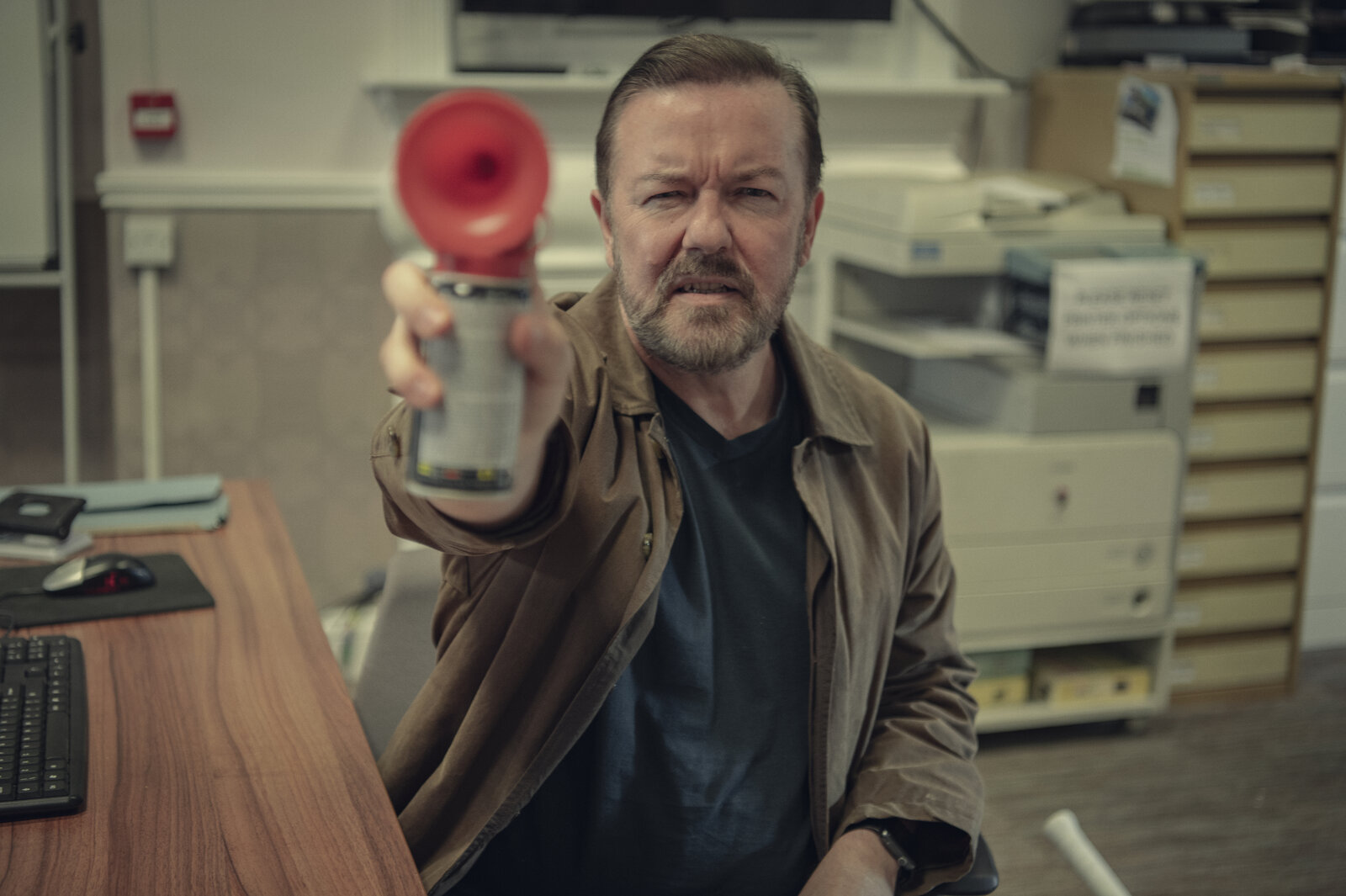Gray mold, caused by the fungus Botrytis cinerea, is a disease of many crop species: almost all fruits, vegetables, and many flowers. It is the world’s second most damaging fungus for food crops, causing billions in annual crop losses.
A recent study explains how plants defend themselves against harmful mold. Imagine tiny bubbles made of fat that plants send to the mold’s cells. These bubbles carry particular information in the form of RNA. Once inside the mold cells, this RNA helps to stop the mold from causing harm.
This study shows that plants are actively trying to protect themselves from mold. The bubbles they send, called extracellular vesicles, were known to contain small RNA molecules that can turn off genes in the mold. Now, scientists have found out that these bubbles also carry messenger RNA (mRNA) that can disrupt essential processes inside the mold cells, like the functions of their parts called organelles. So, plants use these bubbles to launch a defense against the invading mold.
Hailing Jin, a Microbiology & Plant Pathology Department professor at UCR, said, “These mRNAs can encode some proteins that end up in the mitochondria of the mold cells. Those are the powerhouses of any cell because they generate energy. Once inside, they mess up the structure and function of the fungal mitochondria, which inhibits the growth and virulence of the fungus.”
The reason why the fungus accepts the lipid bubbles from the plants isn’t entirely clear, but the researcher, Jin, suggests that the fungus might be taking them in because they’re hungry. The fungus may not be aware that these bubbles contain hidden RNA. It likely sees the vesicles as a source of nutrients.
Using this strategy is efficient for plants because mRNA molecules can significantly impact the fungus. Unlike other molecular weapons, the unique thing about delivering mRNA is that one RNA can be turned into many copies of proteins. This amplification enhances the effectiveness of the mRNA as a weapon against the fungus.
Interestingly, the mold also uses similar lipid bubbles to transport small damaging RNAs into the infected plants. This is part of a co-evolutionary arms race between plants and fungi. Since RNAs are quickly degraded, the lipid bubbles provide excellent protection for transporting vulnerable cargo, benefiting plants and fungi in their ongoing struggle for survival.
Jin said, “During infections, there are always a lot of communications and molecule exchanges where plants and fungi try to fight against each other. Previously, people looked at proteins being exchanged. Modern technology has enabled us to discover another important group of players in this battle.”
“We are hoping to use this discovery to create innovative, eco-friendly fungicides. RNA-based fungicides would not leave toxic residue in the environment and would not affect humans or animals. RNA is present in most food, and it is easily digested.”
“There is a never-ending battle to control pests and pathogens. If we can deliver mRNA that interferes with mold cellular functions, we can help plants more effectively fight in this battle.”
Journal Reference:
- Shumei Wang, Baoye He et al. Plant mRNAs move into a fungal pathogen via extracellular vesicles to reduce infection. Cell Host & Microbe. DOI: 10.1016/j.chom.2023.11.020
Note: This article have been indexed to our site. We do not claim legitimacy, ownership or copyright of any of the content above. To see the article at original source Click Here













